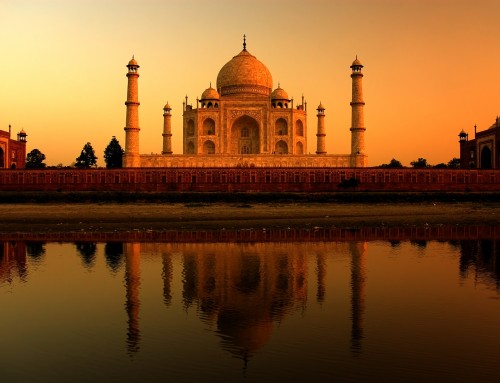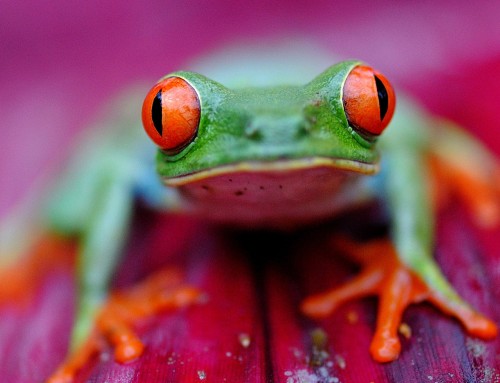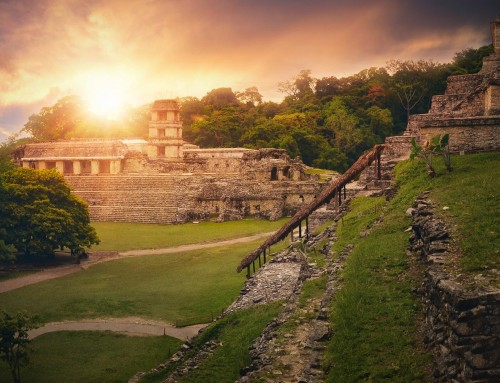Project Description
Isolated in the middle of the ocean, Iceland was built of magma from the bowels of the earth. Like our planet in the great emptiness of space, Iceland is, in the midst of the great emptiness of the ocean, a world apart.
Iceland is a young land, still in formation. Volcanoes, glaciers, lava fields, cliffs and waterfalls will make you see all the colors in a unique confrontation with the elements: wind, light, transparent air, unbounded spaces.
Every season has its character and charm to travel in Iceland which, despite its name of “land of ice”, offers a sun that can shine all night at the end of June, and several hours a day in winter. The Gulf Stream softens the climate of the coast where the average January temperature is 0 degrees. Much to see and do on a trip to Iceland, whatever the time of year.
A remote land not far away!
Iceland, this land of fire and ice, can sound like a distant, isolated island, even cut off from the rest of the world. However, it is not so far from us, both geographically and culturally. Iceland is now accessible by direct flight from Montreal. In a few hours, we find ourselves at one end of the world.
Geography
Iceland is an island of 103,000 km2, the 18th largest island in the world, with an average altitude of 500 meters above sea level. Its highest peak is the Hvannadalshnúkur peak with 2119 meters . It is located in the northern part of the Atlantic Ocean, to the west of the Norwegian Sea and to the southeast of the Strait of Denmark. The tenth of the country is covered by glaciers and there is the largest glacier in Europe, the Vatnajökull. Iceland is composed almost entirely of volcanic rocks. It is interesting to note that the island is still growing at a rate of about 2 cm per year.
Iceland is a young land, still in formation. Volcanoes, glaciers, lava fields, cliffs and waterfalls combine to create a unique landscape. Located on the Mid-Atlantic ridge, the country is located at a hot spot of volcanic and geothermal activity: 30 volcanoes after the last ice age erupted during the last two centuries. It is naturally warm water which provides the population with inexpensive and non-polluting heating. Rivers are also domesticated to produce cheap hydroelectric power. The country is recognized as one of the cleanest in the world, with water of excellent quality, an emphasis on renewable energies and many nature reserves.
The country has the lowest population density in Europe and more than half its population lives in the capital Reykjavík and its surroundings in the south-west of the country. The inner plateaus are uninhabited – because uninhabitable – and most of the agglomerations are on the coast.
Population and Culture
Reykjavik, the northernmost capital of the world, is home to more than half of Iceland’s population. For many, this city will be the first contact with the country, real window open on the Icelandic culture. As such, Reykjavik deserves enough time to discover it, and has all the assets to delight lovers of art, nightlife, music and gastronomy. In Iceland, artistic creation is as omnipresent as nature, which is saying a lot!
Icelanders are particularly proud of their culture, as demonstrated by the incredible number of museums spread throughout the country. If all the themes are represented there, there is a clear preference for the history of the country, which is known in its entirety. Once settled by the Irish monks, Iceland then became a land of welcome for the Vikings, of which there are many traces. The museums are a veritable mine of information and impress with their high museological quality. Some of them are housed in ancient peat houses, which makes it possible to make one stone two blows and discover this traditional architecture, constant source of fascination!
In constant renewal, the gastronomy of the country can surprise the visitor. It is dominated by poultry of all kinds, very popular with Icelanders, and fish that are prepared in any form, sometimes smoked, marinated, dried or even fried! Expatriation assured.
Icelanders still speak the idiom of the Vikings, although the modern language has undergone pronunciation changes and, of course, vocabulary! Iceland is the only country to retain the Norse custom of using patronym rather than surnames. The first name of each is followed by the first name of his father, extended by the suffix “son” (son of) or “dóttir” (daughter of). Example: Guðrún Pétursdóttir is indeed Guðrún, daughter of Pétur. The members of the same family thus bear different “surnames”, which does not always allow the foreigners to find themselves there!
Is this the destination you would choose for our next photo adventure?
All the pictures on this page are courtesy of my precious partner UNIKTOUR and Charles Antoine Cancedda.












Leave A Comment